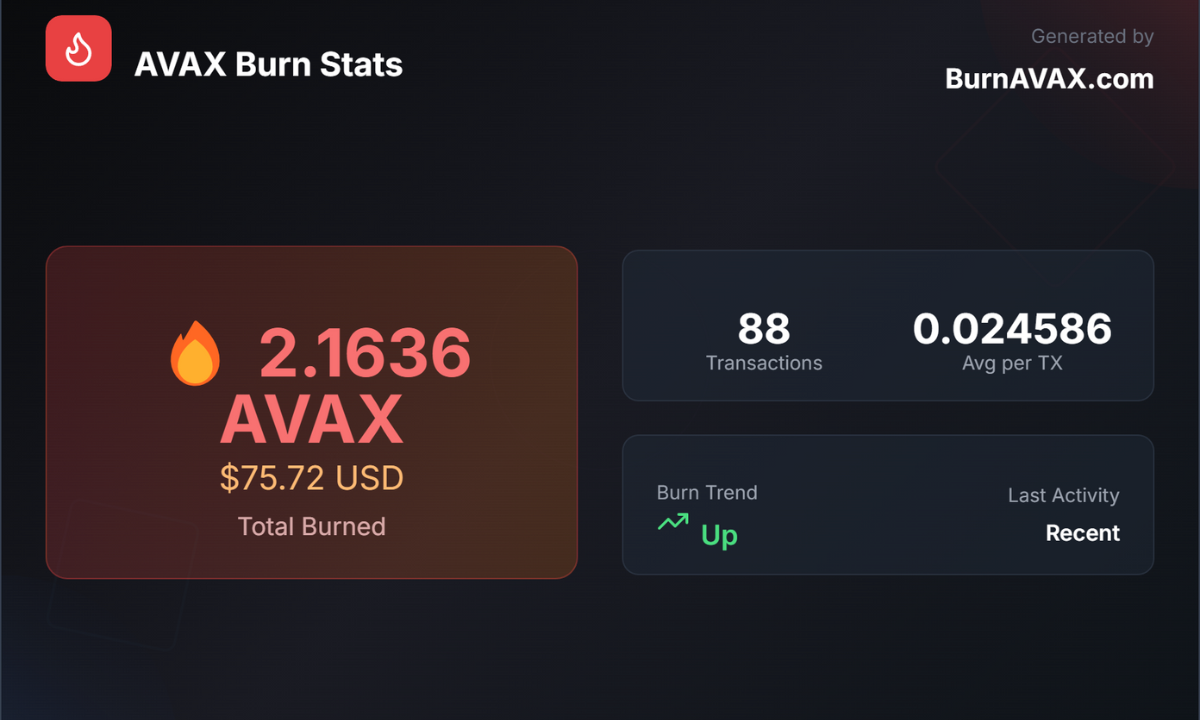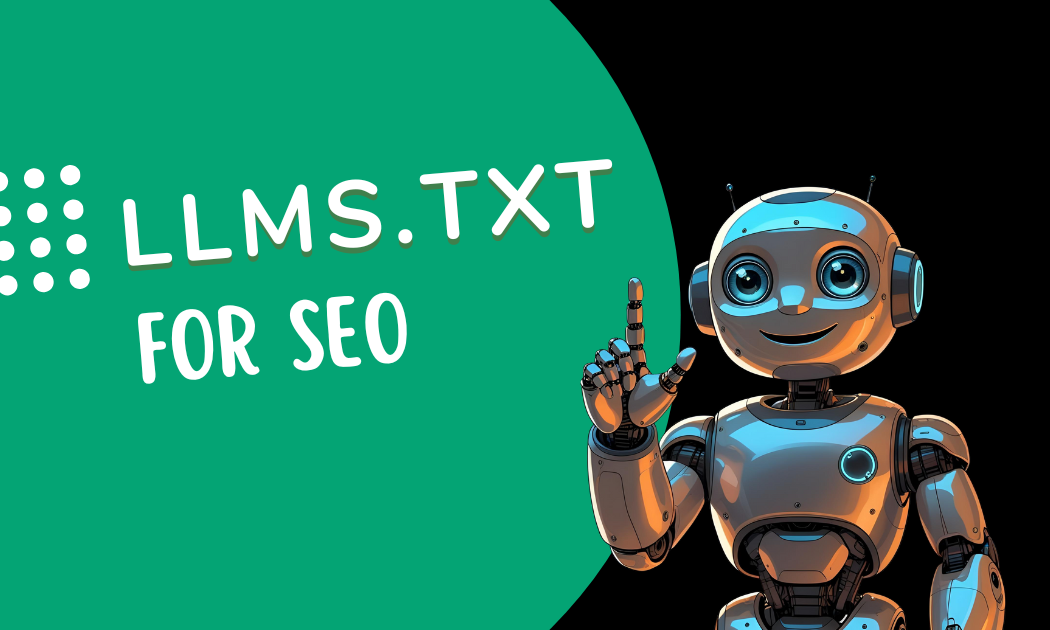The Inclusive Web: Why ADA/WCAG Compliance is Non-Negotiable for Business Success in 2025 and Beyond
In the rapidly evolving digital landscape of 2025, a website is no longer merely a brochure; it’s a dynamic storefront, a customer service hub, and a critical touchpoint for businesses of all sizes. As technology advances and online interactions become increasingly integral to daily life, the importance of digital accessibility has surged. Beyond ethical considerations, ensuring your website is compliant with the Americans with Disabilities Act (ADA) and the Web Content Accessibility Guidelines (WCAG) is not just a legal obligation but a strategic imperative for business success in 2025 and well into the future.
The Legal Imperative: Avoiding Costly Pitfalls
The Americans with Disabilities Act (ADA), a landmark civil rights law, prohibits discrimination against individuals with disabilities. While originally enacted in 1990, its principles have been increasingly applied to digital spaces, with courts consistently ruling that websites are “places of public accommodation” under Title III of the ADA. This means that, just like a physical storefront, your website must be accessible to everyone, regardless of their abilities.
As we move into 2025, legal scrutiny around web accessibility is intensifying. The number of ADA-related lawsuits targeting inaccessible websites has been on a significant upward trend, with thousands of cases filed annually. Businesses, regardless of size, are at risk. Penalties for non-compliance can be substantial, ranging from tens of thousands of dollars for initial violations to hundreds of thousands for repeat offenses, in addition to significant legal fees and the cost of remediation. The Department of Justice (DOJ) has the authority to investigate complaints and bring lawsuits, underscoring the seriousness of this issue. For more detailed information on ADA standards, refer to the ADA.gov website.
Beyond federal mandates, some states have their own, often stricter, accessibility regulations. For instance, Colorado’s HB-21 mandates that state government websites and digital documents adhere to WCAG 2.1 standards, and similar trends are emerging across the U.S. and globally. Organizations providing digital products and services in Europe are also increasingly aligning with the EN 301 549 standard, which is based on WCAG 2.1 AA guidelines, further highlighting the global shift towards stricter enforcement.
The Business Benefits: Unlocking Growth and Enhancing Reputation
While avoiding legal repercussions is a significant driver, the true power of ADA/WCAG compliance lies in the immense benefits it brings to businesses. It’s not just about compliance; it’s a growth strategy that fosters inclusivity, expands market reach, and strengthens brand reputation.
1. Expanding Your Customer Base: Access for All
Perhaps the most direct benefit of an accessible website is the immediate expansion of your potential customer base. Approximately 25% of U.S. adults have some form of disability. By making your website accessible, you are effectively opening your digital doors to millions of individuals who might otherwise be unable to interact with your brand. This includes:
- Individuals with visual impairments: Relying on screen readers to interpret website content (e.g., proper alt text for images, semantic HTML).
- Individuals with hearing impairments: Requiring captions or transcripts for audio and video content.
- Individuals with motor impairments: Needing keyboard-only navigation for all interactive elements.
- Individuals with cognitive disabilities: Benefitting from clear, consistent navigation and understandable language.
By catering to this diverse audience, you tap into a previously underserved market, gaining a significant competitive edge over businesses that neglect accessibility. This isn’t just about charity; it’s about smart business.
2. Enhancing User Experience (UX) for Everyone
Designing for accessibility inherently leads to a better user experience for all visitors, not just those with disabilities. Many accessibility features are simply good design practices that benefit everyone:
- Clear navigation: A logical and intuitive website structure helps all users find what they need quickly.
- Strong color contrast: Improves readability for users with low vision, and also makes content easier to consume for mobile users or those in bright environments.
- Descriptive alt text for images: While crucial for screen readers, it also provides valuable context if images fail to load or for users who prefer to skim content.
- Keyboard accessibility: Allows for more efficient navigation for power users and those who prefer not to use a mouse.
- Captions and transcripts for multimedia: Benefits individuals in noisy environments or those who prefer to read content rather than watch/listen.
A website that is easy to navigate, understand, and interact with for all users will naturally lead to lower bounce rates, higher engagement, and ultimately, increased conversions. Tools like the vComply accesibility widget can help implement these features quickly and cost effectively.
3. Boosting SEO and Online Visibility
Google and other search engines prioritize user experience, and accessibility is a key component of that. Many elements of WCAG compliance directly align with SEO best practices:
- Semantic HTML: Properly structured HTML with appropriate heading tags helps search engines understand the hierarchy and context of your content.
- Alt text for images: Provides textual descriptions that search engines can crawl and index, improving image search rankings.
- Transcripts for video and audio content: Makes multimedia content more discoverable by search engines.
- Clear and consistent navigation: Improves crawlability and overall site structure, leading to better indexing.
- Faster load times and mobile optimization: Accessibility measures often contribute to overall website performance, which is a significant ranking factor.
By implementing these accessibility features, you’re not just making your website inclusive; you’re also optimizing it for better search engine rankings, driving more organic traffic to your business. For more on how accessibility impacts SEO, resources like ATAK Interactive’s blog provide valuable insights.
4. Fortifying Brand Reputation and Customer Loyalty
In an era where consumers are increasingly conscious of social responsibility, demonstrating a commitment to inclusivity can significantly enhance your brand’s image. Businesses known for their accessible practices enjoy:
- Positive media attention and public relations: Showcasing your commitment to accessibility can attract favorable coverage.
- Increased customer trust and goodwill: Consumers are more likely to support brands that align with their values of equality and inclusion.
- Higher rankings in brand reputation surveys: Inclusivity is a growing factor in how brands are perceived.
Customers who feel welcomed and accommodated are more likely to become loyal advocates, sharing their positive experiences with their networks and further expanding your reach through word-of-mouth.
Key Considerations for 2025 and Beyond
As we move past 2025, web accessibility will continue to evolve. Here are some key trends and considerations:
- WCAG 2.2 and beyond: While WCAG 2.1 AA is currently the generally accepted standard for ADA compliance, WCAG 2.2 introduces new success criteria, particularly around mobile accessibility and cognitive support. Staying updated with these guidelines is crucial. The Web Content Accessibility Guidelines (WCAG) website is the definitive resource.
- AI-powered accessibility tools: AI is increasingly being used to identify and even remediate accessibility issues in real-time, assisting with tasks like generating alt text, detecting contrast issues, and providing voice assistance. However, human oversight remains critical.
- Accessibility by design: The “shift-left” approach emphasizes building accessibility into the initial design and development phases rather than retrofitting it later, which is often more costly and less effective.
- Voice navigation and conversational interfaces: As voice search and smart assistants become more prevalent, websites will need to be optimized for voice interaction, allowing users to navigate and fill out forms using speech.
- Customizable user interfaces: Offering users the ability to adjust font sizes, contrast modes, and other visual elements will become more common, empowering individuals to personalize their online experience.
- Multimedia accessibility: With the rise of video and audio content, robust solutions for closed captions, transcripts, and audio descriptions for the visually impaired will be essential.
Actionable Steps for Compliance
To ensure your website is ADA/WCAG compliant in 2025 and beyond, consider the following actionable steps:
Conduct Regular Accessibility Audits: Use tools like WAVE or Lighthouse, and consider professional audits to identify gaps in compliance.
Prioritize Remediation: Address critical accessibility issues promptly, focusing on areas that create significant barriers for users.
Implement WCAG Standards: Ensure your website adheres to WCAG 2.1 AA guidelines, and monitor for updates to WCAG 2.2 and future versions. Key practices include:
- Providing alternative text for all meaningful images.
- Ensuring full keyboard navigability for all interactive elements.
- Maintaining sufficient color contrast ratios.
- Providing captions and transcripts for all video and audio content.
- Using clear and consistent heading structures.
- Designing forms that are easy to navigate and understand.
Train Your Team: Educate developers, designers, content creators, and customer service staff on accessibility best practices.
Seek Expert Guidance: Consider partnering with accessibility consultants or agencies that specialize in ADA/WCAG compliance.
Publish an Accessibility Statement: Clearly communicate your commitment to accessibility on your website.
Conclusion
In 2025, ADA/WCAG compliance is no longer a niche concern; it’s a fundamental aspect of digital citizenship and a cornerstone of sustainable business growth. By embracing accessibility, businesses not only fulfill their legal and ethical obligations but also unlock a wealth of opportunities: expanding their customer base, enhancing user experience for all, boosting SEO, and fortifying their brand reputation. In an increasingly interconnected world, an inclusive web is a prosperous web, and businesses that lead with accessibility will undoubtedly lead in success.






